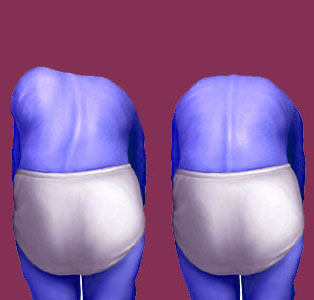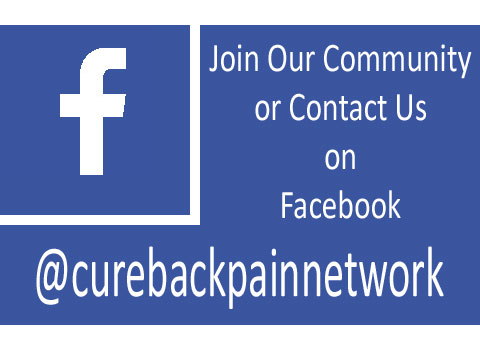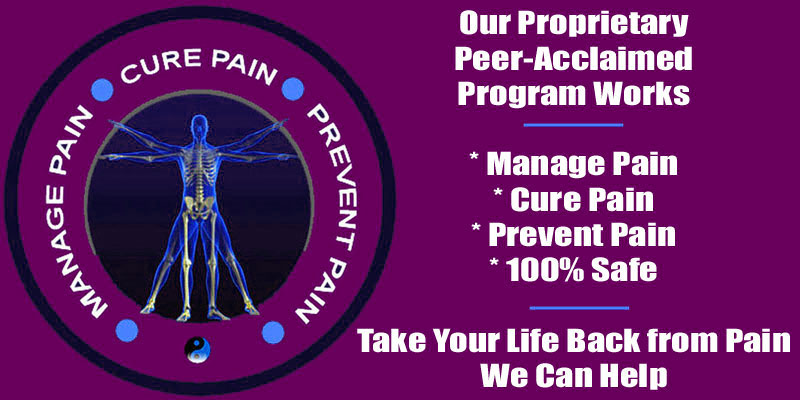
Juvenile scoliosis, also known as early onset scoliosis or childhood scoliosis, begins during the ages of 3 to 10 and can become severe due to the long length of growth the child still has ahead of them before reaching physical maturity. The earlier in life scoliosis commences, the worse its potential effects might be, as the condition is inherently linked to growth patterns. Younger children simply have more years for their body to change, which might also encourage the scoliosis to progress, as well.
Not all juvenile scoliosis is correctly classified. In fact, many cases are actually adolescent scoliosis, as the age of onset for adolescence is decreasing in many areas of the world due to several factors, including growth hormone intake. Meanwhile, other cases are actually infantile or congenital scoliotic formations that were not previously diagnosed, but were eventually discovered when the child reached a certain age of rapid growth and was subject to screening for scoliosis.
This discussion explores juvenile varieties of scoliosis, including the causes and progression patterns of most cases. We will examine common monitoring, bracing and treatment options for parents to consider if their child is currently demonstrate atypical side to side curvature of the spine.
Misclassification of Juvenile Scoliosis
As discussed above, not all scoliosis that begins, or seems to begin, during the ages of 3 and 10 can actually be considered true forms of juvenile spinal curvature. Even in cases which qualify to be called actual childhood scoliosis, other classifications might also apply, as well, such as neuromuscular scoliosis, developed scoliosis or functional scoliosis.
Some cases of juvenile variety scoliotic formation existed previously in life and were simply never discovered. Many doctors now theorize that a large percentage and possible majority of all idiopathic scoliosis cases are actually present or put in motion before birth through congenital changes in the spine. Other cases of juvenile backbone curvature may have occurred after birth during infancy and were simply never diagnosed. These might have occurred due to injury, infant positioning or idiopathic factors.
Other cases of seeming childhood scoliosis should actually be classified as adolescent side to side spinal curvature. This is a growing trend as more young people reach the age of adolescence younger, with some attaining this stage of development as young as 9 years old. One suspected cause of this trend is the use of growth hormones and other growth-encouraging additives in dairy milk and processed food items.
Juvenile Variety Scoliosis Diagnosis and Care
Since juvenile types of scoliosis have many years to progress, they must be carefully monitored and possibly treated early, in order to preserve life and full physical functionality. Severe cases that are left untreated can create disability and even death in extreme circumstances.
Some fortunate children will find that their curvatures stabilize or even resolve organically, but these scenarios are uncommon. Typically, early onset scoliosis will continue to worsen, possibly necessitating bracing from a very early age and even surgical intervention in the worst profiles.
When children do require emergency surgery for rapid growth scoliosis early in life, they will likely have to endure many more follow-up procedures as they continue to grow and mature. This is a difficult path for young people to endure, but with proper medical intervention, these treatments can help them to overcome what would otherwise be life-threatening curvatures.
Juvenile Scoliosis Overview
Parents of children who develop early onset scoliosis must be certain to become very active in the child’s care and learn all they can about the specific diagnosis proposed and the therapy options that are available. There are striking differences in opinion how some of these scoliosis profiles should be managed, so it is certainly possible for a parent to put their child on a less than ideal path in the medical sector if they are ill informed. Children can not advocate for themselves and some care providers are more motivated by money than by the child’s wellbeing…
We have seen some recommendations for surgery fall into the highly inappropriate category, even when viewing the child’s situation from the worst case scenario. Remember, sometimes early surgical intervention is truly needed and indicated, but not in every case of rapid scoliotic development. To find out the best path for your child’s care, be sure to have them evaluated by an expert in juvenile type scoliosis and tend towards conservative measures of therapy whenever possible.
Scoliosis > Side to Side Spinal Curvature > Juvenile Scoliosis





